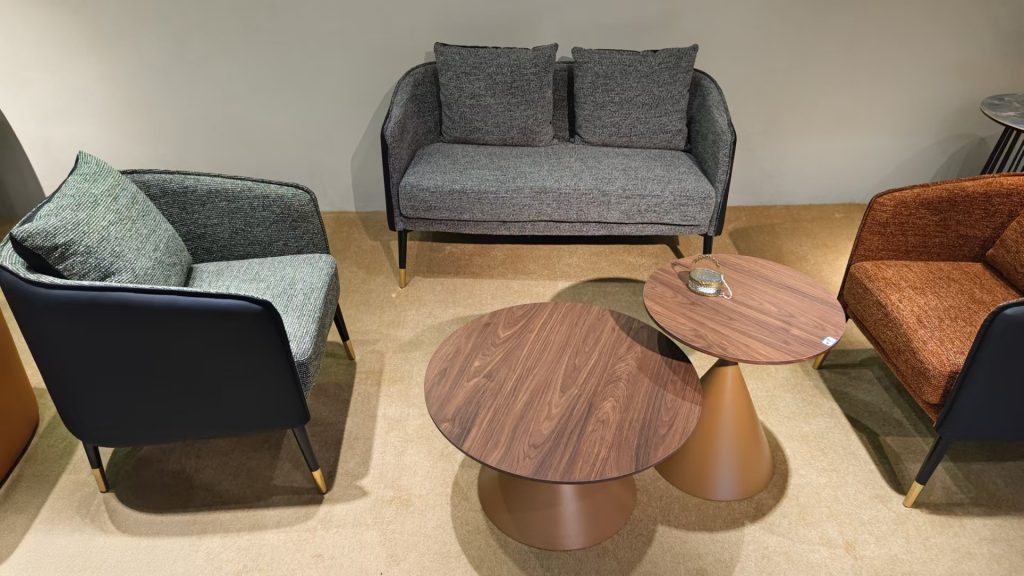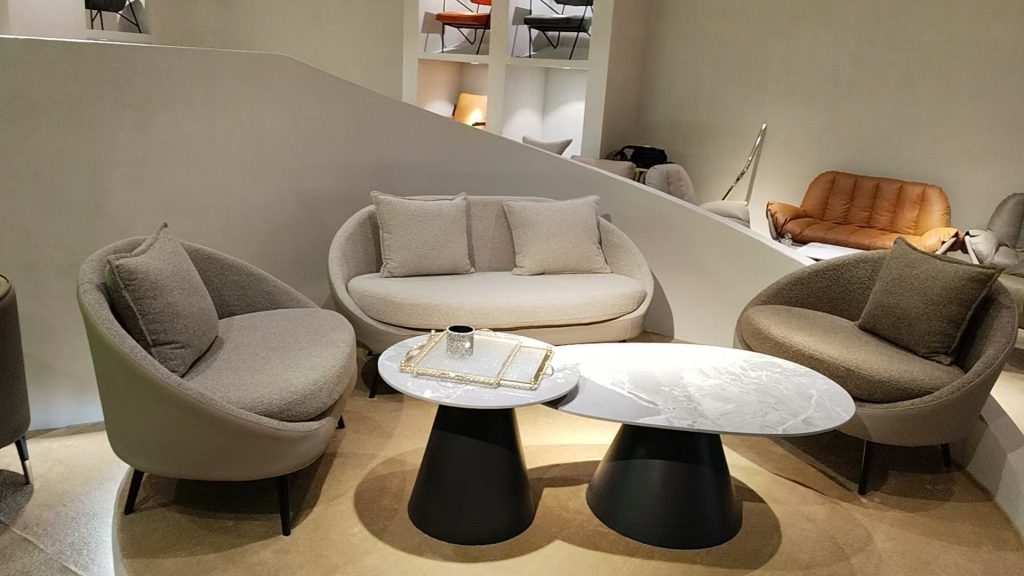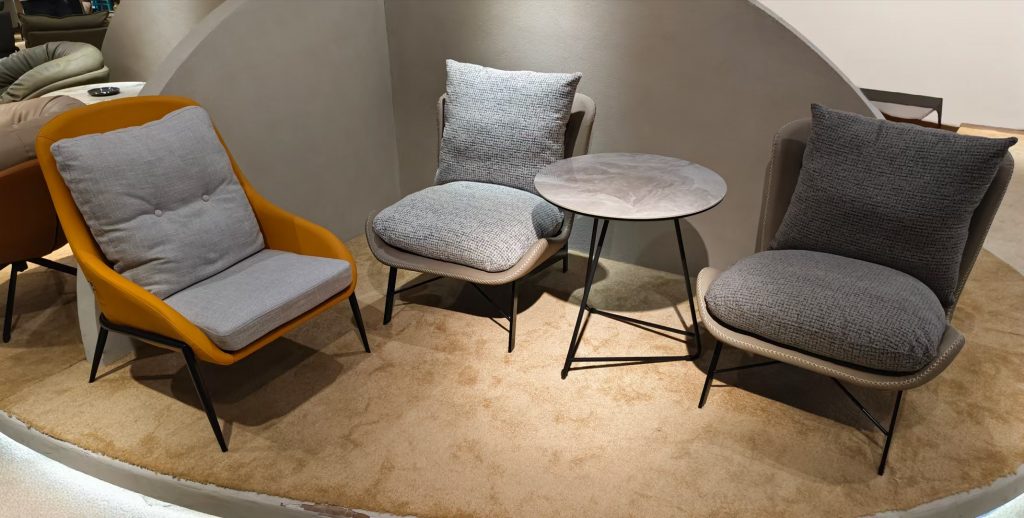Circular Economy Furniture Factory: Designing for Sustainability, Longevity, and Regenerative Impact
The furniture industry is undergoing a transformative shift toward circularity—a model that prioritizes resource regeneration, waste elimination, and endless reuse. For factories embracing circular economy principles, this approach isn’t just an environmental necessity; it’s a strategic opportunity to future-proof operations, attract conscious consumers, and reduce costs. This article outlines how furniture manufacturers can transition to circular models, innovate with sustainable materials, and build systems that benefit both people and the planet.
—
1. What is a Circular Economy in Furniture Manufacturing?
The circular economy challenges the traditional “take-make-dispose” model by designing products and processes that:
– Extend Product Lifespans: Create durable, repairable furniture.
– Enable Material Recovery: Design for disassembly and recycling.
– Regenerate Resources: Use renewable or biodegradable materials.
For furniture factories, this shift reduces reliance on virgin resources, lowers carbon footprints, and aligns with global sustainability goals like the EU Circular Economy Action Plan.
—
2. Core Principles of Circular Furniture Design
Circular design starts with the end in mind. Key strategies include:
a. Design for Disassembly
– Use modular components (e.g., snap-fit joints, bolted joints) to easily separate materials for reuse or recycling.
– Avoid glued or welded parts that complicate recycling.
b. Material Selection
– Bio-Based Materials: Mycelium composites, hempcrete, or cork for non-toxic, biodegradable options.
– Recycled Content: Post-consumer plastics, reclaimed wood, or scrap metal.
– FSC-Certified Timber: Ensure responsibly sourced wood.
c. Timeless Aesthetics
– Avoid fleeting trends with minimalist, durable designs that appeal across generations.
—
3. Sustainable Production Techniques
Transitioning to circularity requires rethinking manufacturing processes:
a. Additive Manufacturing
– 3D Printing: Minimize waste by using only necessary material (e.g., recycled PLA filament).
– CNC Milling with Scrap Reuse: Repurpose wood offcuts into decorative accents or composite boards.
b. Closed-Loop Systems
– In-House Recycling: Turn production waste into new feedstock (e.g., sawdust into biomass pellets).
– Partnerships: Collaborate with recycling facilities or other industries to share materials (e.g., textile scraps for upholstery).
c. Low-Impact Finishes
– Use water-based dyes, plant-based oils, or non-toxic sealants to reduce chemical waste.
—
4. Business Models for Circularity
Adopt revenue streams that align with circular principles:
a. Product-as-a-Service (PaaS)
– Lease furniture instead of selling it, ensuring returns for refurbishment and reuse.
b. Take-Back Programs
– Offer discounts for customers who return used furniture for recycling or upcycling.
c. Repair and Refurbishment
– Train technicians to fix damaged pieces, extending product lifecycles.
—
5. Certifications and Transparency
Build trust with certifications that validate circular practices:
– Cradle to Cradle Certified™: Assesses material health, recyclability, and renewable energy use.
– Ellen MacArthur Foundation’s CE100: Recognizes businesses committed to circular innovation.
– FSC and Cradle to Cradle Gold: Highlight responsible material sourcing and closed-loop processes.
Publish transparency reports detailing material origins, waste diversion rates, and carbon savings.
—
6. Overcoming Challenges
Transitioning to a circular model requires addressing barriers:
a. Higher Initial Costs
– Solution: Offset expenses through bulk recycled material purchases or government incentives (e.g., tax credits for circular innovation).
b. Consumer Habits
– Solution: Educate buyers via workshops, social media, and labeling (e.g., “Designed for disassembly”).
c. Infrastructure Gaps
– Solution: Partner with recycling startups or invest in in-house material recovery systems.
—
7. Market Opportunities
Circular furniture appeals to:
– Eco-Conscious Consumers: Millennials and Gen Z prioritize sustainability.
– Corporate Clients: Companies with ESG (Environmental, Social, Governance) goals.
– Hospitality Industry: Hotels seeking durable, low-maintenance furniture.
—
8. The Future of Circular Furniture Factories
Emerging trends to watch:
– AI-Driven Material Optimization: Algorithms design products with minimal waste.
– Blockchain Traceability: Track material origins and recycling journeys.
– Biofabrication: Lab-grown materials like mycelium or algae-based foams.
—
Conclusion
For furniture factories, the circular economy represents a blueprint for resilience and innovation. By designing for longevity, embracing closed-loop systems, and adopting transparent practices, manufacturers can reduce environmental impact, cut costs, and build loyal customer bases. Start small—pilot a take-back program, experiment with bio-based materials, or train teams on circular principles. The future of furniture is regenerative—build it today.
Transition to Circular Manufacturing
Ready to revolutionize your factory? Begin by auditing your waste streams, partnering with material recyclers, and launching a circular product line. Every step toward circularity creates ripples of positive change.
—
Article link:https://www.vlefooena.com/manufacturer/4369/




No reply content